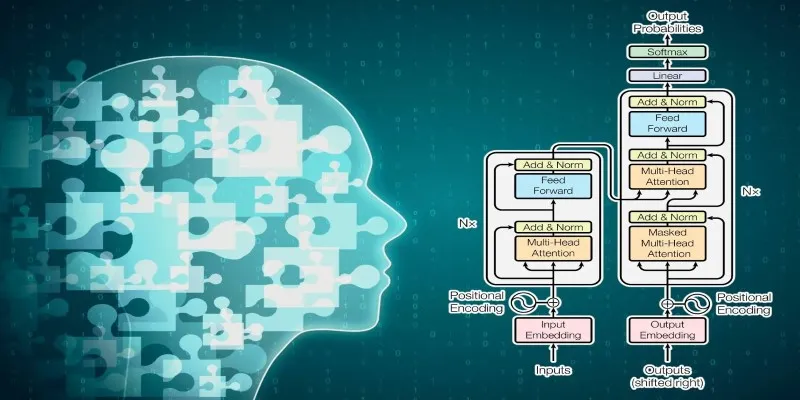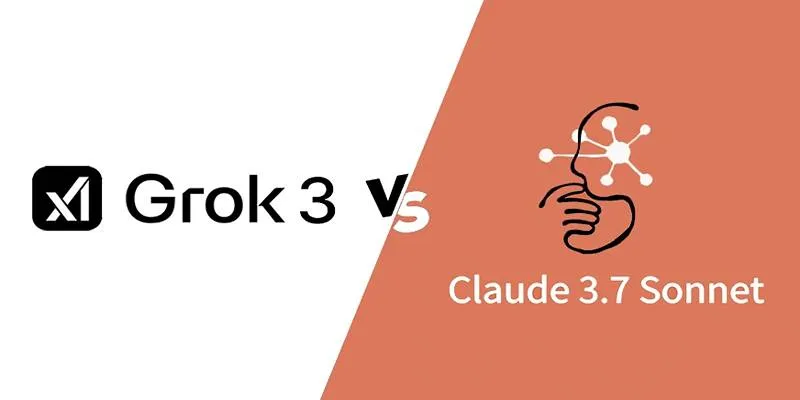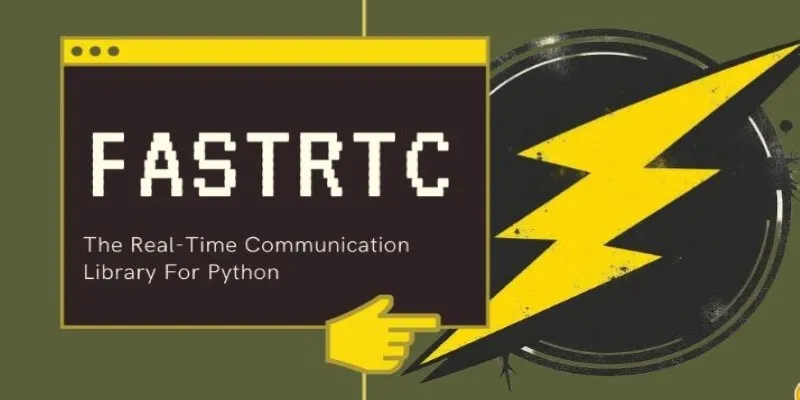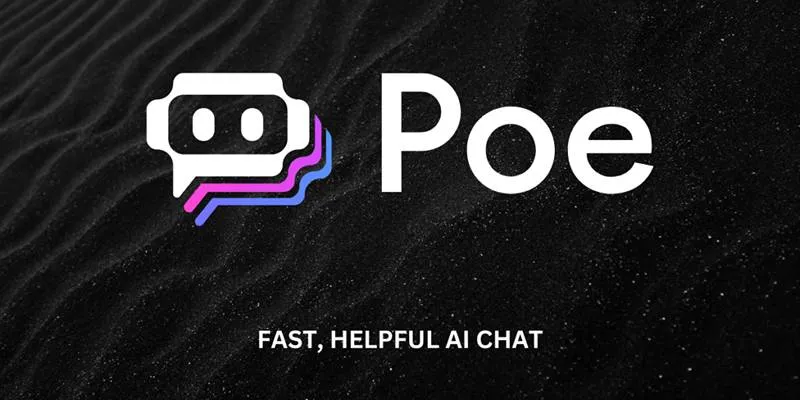We’ve all witnessed the transition of artificial intelligence from being a fascinating novelty to an indispensable tool in our daily lives. Whether it’s assisting with queries, content creation, or document summarization, speed is crucial. That’s where Claude 3 Haiku shines—not for its size, but for its speed. As Anthropic’s most nimble model in the Claude 3 family, it handles tasks with remarkable swiftness. If you’re in need of rapid results without the lag, this is the AI for you. Let’s explore how.
What Makes Claude 3 Haiku So Fast?
Claude 3 Haiku isn’t just “fast for an AI model”—it’s fast, period. Its speed stems from meticulous design and optimization. Anthropic didn’t merely downsize a larger model; they specifically trained Haiku to deliver quick outputs, maintain low latency, and remain responsive under a heavy load of requests.

Token processing speed is a standout feature. Reports indicate that Claude 3 Haiku can process up to 21,000 tokens per second, a performance that surpasses most models of its size. It’s adept at managing large documents seamlessly, eliminating the wait for processing.
Another key to its speed is memory efficiency. Haiku is trained to interpret inputs without excessive computing power, keeping latency low and enhancing reliability for time-sensitive tasks. Whether deployed as a customer support chatbot or a coding assistant, its reduced lag time ensures a smoother user experience.
Core Features That Actually Matter
Input Length Support
One of Haiku’s strengths is its capacity to manage a 200,000-token context window, just like its larger counterparts. This vast capability means it can process entire books, multi-threaded email conversations, or extensive internal documents effortlessly. It’s a top choice for businesses and researchers dealing with lengthy texts.
Performance on Everyday Tasks
Apart from speed, Haiku excels in regular tasks. It outperforms GPT-3.5 on several benchmarks, including reading comprehension, math, and coding. It solves problems in fewer steps and with greater accuracy.
Vision Support
Claude 3 Haiku also supports vision inputs, allowing it to analyze images and provide summaries or answers based on content. This feature, once limited to larger models, is now available without compromising speed.
How to Use Claude 3 Haiku for Best Results
Incorporating Claude 3 Haiku into your workflow doesn’t require a complete overhaul. It’s about understanding its best applications, particularly in fast-paced environments like customer support or when quickly summarizing content. Identify tasks where speed is crucial rather than deep technical analysis. Use straightforward prompts—avoid complex formatting. Simple commands like “Summarize this in 3 points” or “List key complaints from this review thread” are effective.
While it can handle large inputs, you can control the output by setting limits—“Keep it under 150 words” helps when brevity is required. For tasks involving images, such as scanned documents or charts, include them with your question. Haiku links visuals to context effectively, making it useful for tasks like invoice verification or basic visual analysis. For highly technical topics, a human review is advisable. However, for everyday tasks, Haiku performs independently and efficiently.
Claude 3 Haiku in Technical Evaluations
Claude 3 Haiku has gained attention not just for its speed, but also for its robust testing and benchmarking. If you prefer data over anecdotes, this section is for you.

Benchmark Performance
In direct comparisons, Haiku surpasses average performance in tasks typically reserved for larger models. For instance, it excels in the MMLU (Massive Multitask Language Understanding) benchmark, outperforming GPT-3.5 in several categories. It not only answers quickly but also accurately.
Math and Coding
Despite being the smallest model in the Claude 3 series, Haiku delivers impressive results in basic and intermediate-level math problems. It also performs well in coding tasks, particularly those relying on pattern recognition rather than complex architectural reasoning. While it’s not a substitute for high-level programming tools, it handles everyday developer needs like summarizing code, rewriting functions, or identifying minor logic issues.
Vision Benchmarks
In image-based tasks, Claude 3 Haiku demonstrates solid competence. It can read charts, identify patterns in screenshots, and explain visual layouts. This capability is valuable for teams working with visual data, especially when speed is more important than detailed analysis.
Efficiency for Developers
Latency can be a dealbreaker for developers building AI applications or plugins. Haiku’s architecture supports high-throughput, low-lag interactions, making it ideal for applications requiring immediate AI responses. Whether integrating with a web app or automating processes, its lightweight structure ensures smooth operations without server strain.
Final Thoughts
Claude 3 Haiku isn’t competing with the largest models for power. It’s designed for speed, stability, and practical performance. If you’ve ever needed quick answers without sacrificing quality, this model achieves that balance. It’s light yet powerful, small yet comprehensive, and perfectly suited for the tasks people rely on AI for daily. If you’ve been waiting for an AI that won’t keep you waiting—Claude 3 Haiku is here. Stay tuned for more updates!
 zfn9
zfn9























